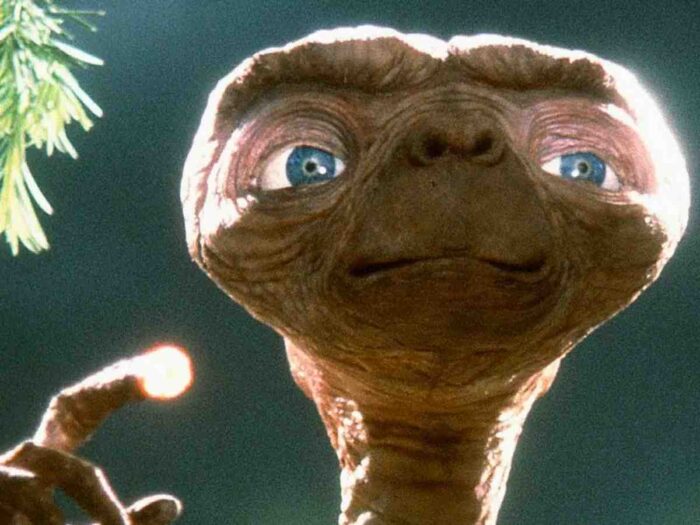
One of our readers pointed out the similiarity between the movie Idiocracy and a short story by Cyril W. Kornbluth named “The Marching Morons” which appeared in Galaxy Science Fiction in April, 1951.
Like Idiocracy, the story involves a man who is put into stasis for centuries and wakes up in a new world where humanity has bred itself into oblivion. The Margaret Sanger style eugenics implications are even clearer in this story than in Idiocracy, told with both wit and compassion. Unlike the movie, this story addresses the question of how technology could persist, and comes up with the Nietzschean idea of an upper caste of intelligent people who have ended up enslaved to the masses of fools.
The story falls into the style which is convenient to call “honest” when we in fact mean realistic, with some aggression behind it in the telling of an important story that is mostly forgotten because of its political inconvenience. For Kornbluth, who was Jewish, to explore anything tinged with eugenics in the years after WWII was not only personally brave but ran the risk of great condemnation. Perhaps he was a victim of political correctness because it seems this story should have wider reach.
“The Marching Morons” is written in the older style of science fiction that readers of Ray Bradbury may be familiar with, which is not so much self-consciously “literary” content embedded in mass market writing but a compact, vivid style in which every detail is important but the big picture is not lost in the details. Kornbluth writes with what we might call passion but is more appropriately termed “urgency” in that this story takes place in a desperate time, and was written in a desperate time.
While the presence of this story in the heritage of Idiocracy seems obvious, it is also important to point to an earlier work which it would have been hard for any science fiction fan to miss: The Time Machine, by H.G. Wells. In this book, a Victorian scientist travels to the future. He finds the planet is now divided into two groups: the Morlocks, brutal and crude creatures that fear the light and control the planet from its surface, and Eloi, light and graceful creatures of intelligence which live below the surface in menial circumstances.
As the protagonist explores, he discovers that the Morlocks have descended from the working classes of his time and have through evolutionary pressures become essentially Orcs, thoughtless and violent but obsessive. They live by feeding on the Eloi, to whom Darwin has not been kind because when intelligence is no longer needed for survival, it becomes a burden and the thoughtless and violent dominate it.
Apparently Wells was influenced by E. Ray Lankester’s book Degeneration: A Chapter in Darwinism (1880) in which the author sets forth the idea that if a species gains a constant food supply, evolution pushes toward a suppression of form in a kind of marginal profit obtained by removing expensive features that are no longer necessary.
It may also serve as an answer to Edward Bulwer-Lytton’s The Coming Race, in which he posits an underground species of angelic human-like creatures known as Vril-ya will take over earth with superior intelligence. Much as Orwell answered Huxley, Wells answered Bulwer-Lytton, suggesting that instead of the utopian vision he portrays a Lankesterian degeneration of humanity lurked in the future, which is the theme held in common with both Idiocracy and “The Marching Morons.”
13 CommentsTags: degeneration, e. ray lankester, edward bulwer-lytton, eugenics, h.g. wells, idiocracy, science fiction



